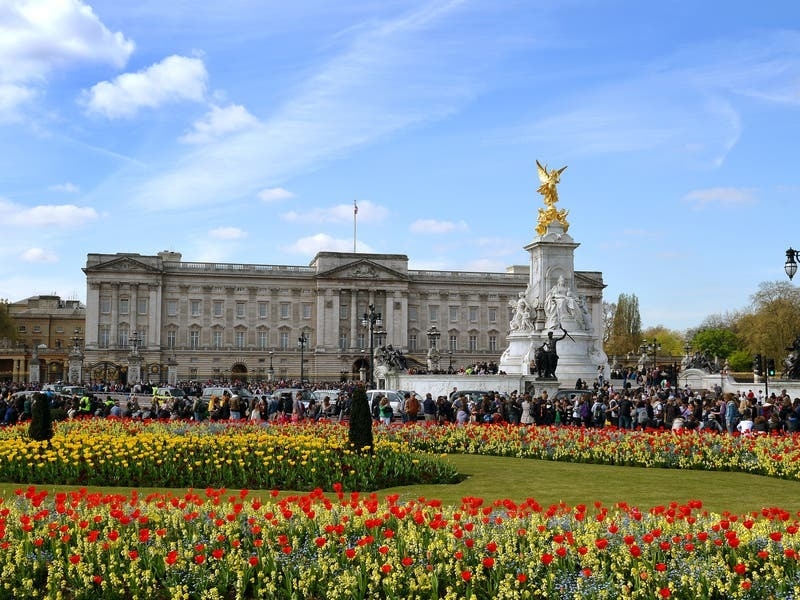An air strike has hit a detention centre for migrants in the Libyan capital, killing at least 40 people and wounding dozens more, officials with the UN-supported government said.
The strike on a facility in Tripoli’s Tajoura neighbourhood also wounded 35 migrants, according to the Interior Ministry.
The attack is likely to raise further concerns about the European Union’s policy of partnering with Libyan militias to prevent migrants from crossing the Mediterranean, which often leaves them at the mercy of brutal traffickers or stranded in squalid detention centres near the front line.
It could also lead to greater Western pressure on Khalifa Hifter, a Libyan general whose forces launched an offensive on Tripoli in April, and who Tripoli officials suspected was behind the air strike.
UNHCR is extremely concerned about news of airstrikes targeting Tajoura detention centre East of Tripoli, and accounts of refugees and migrants deceased.Civilians should never be a target.
— UNHCR Libya (@UNHCRLibya) July 2, 2019
The air strike hit a workshop housing weapons and vehicles and an adjacent hangar where around 150 migrants were being held, mostly Sudanese and Moroccans, according to two migrants.
They said three or four survived unharmed and about 20 were wounded. They said the remainder were killed, indicating the final death toll could be much higher.
The UN refugee agency in Libya condemned the air strike on the centre, which housed a total of 616 migrants and refugees, and called for an immediate end to efforts to return migrants to Libya.
UNHCR spokesman Charlie Yaxley noted that the agency had warned less than two months ago that anyone in the Tajoura detention centre was at risk of being caught in the fighting around Tripoli. He said UNHCR is sending medical teams to the site.
3 key messages after airstrikes killed many migrants&refugees at a Libyan detention centre:-They must NOT be detained-Civilians must NOT be a target-Libya is NOT a safe place of return
States with influence must cooperate to end conflict, rather than fuel it.
–@RefugeesChief pic.twitter.com/60G2IgpoC9
— UNHCR, the UN Refugee Agency (@Refugees) July 3, 2019
The Tripoli-based government blamed the self-styled Libyan National Army, led by Hifter, and called for the UN support mission in Libya to establish a fact-finding committee to investigate.
Local media reported the LNA had launched air strikes against a militia camp near the detention centre.
The LNA started an offensive against the weak Tripoli-based government in April. Hifter’s forces control much of Libya’s east and south but were dealt a significant blow last week when militias allied with the Tripoli government reclaimed the strategic town of Gharyan, about 60 miles from the capital. Gharyan had been a key LNA supply route.
Many camps for militias loosely allied with the UN-supported government are in Tajoura, east of the city centre, and Hifter’s forces have targeted such camps with air strikes in recent weeks.
The LNA said on Monday that it had begun an air campaign on rival forces in Tripoli after it lost control of Gharyan.
Hifter’s troops include the remnants of Muammar Gaddafi’s army as well as tribal fighters and ultra-conservative Islamists known as Salafists. They appear more like a regular army than their adversaries, with uniforms and a clear chain of command.

The fighting for Tripoli has threatened to plunge Libya into another bout of violence on the scale of the 2011 conflict that ousted Gaddafi and led to his death.
Hifter says he is determined to restore stability to the North African country. He is backed by Egypt, the United Arab Emirates and Saudi Arabia while his rivals, mainly Islamists, are supported by Turkey and Qatar.
His campaign against Islamic militants across Libya since 2014 won him growing international support from world leaders who say they are concerned that Libya has turned into a haven for armed groups and a major conduit for migrants bound for Europe, but his opponents view him as an aspiring autocrat and fear a return to one-man rule.
At least 6,000 migrants from Eritrea, Ethiopia, Somalia, Sudan and other nations are locked in dozens of detention facilities in Libya that are run by militias accused of torture and other abuse.






